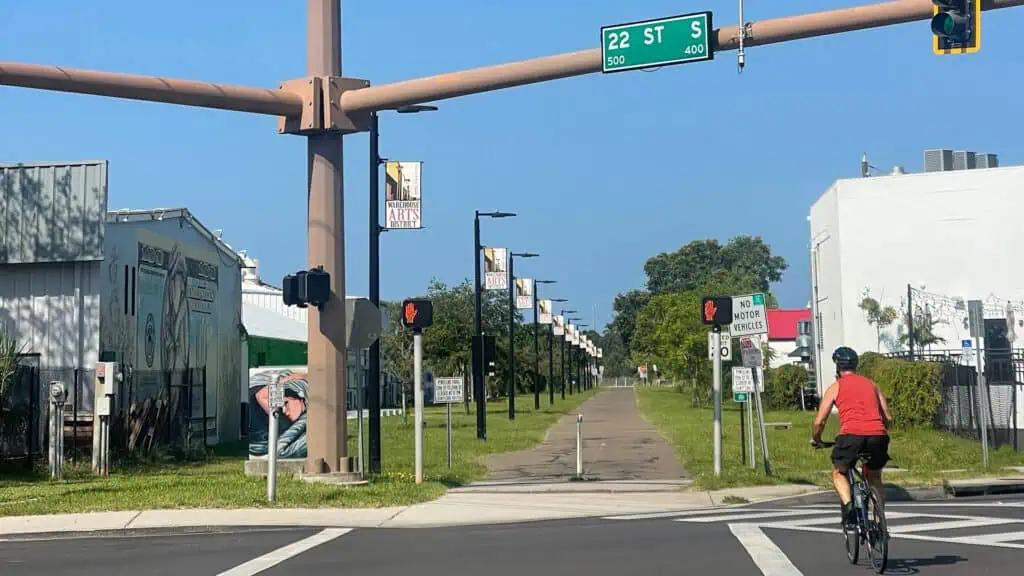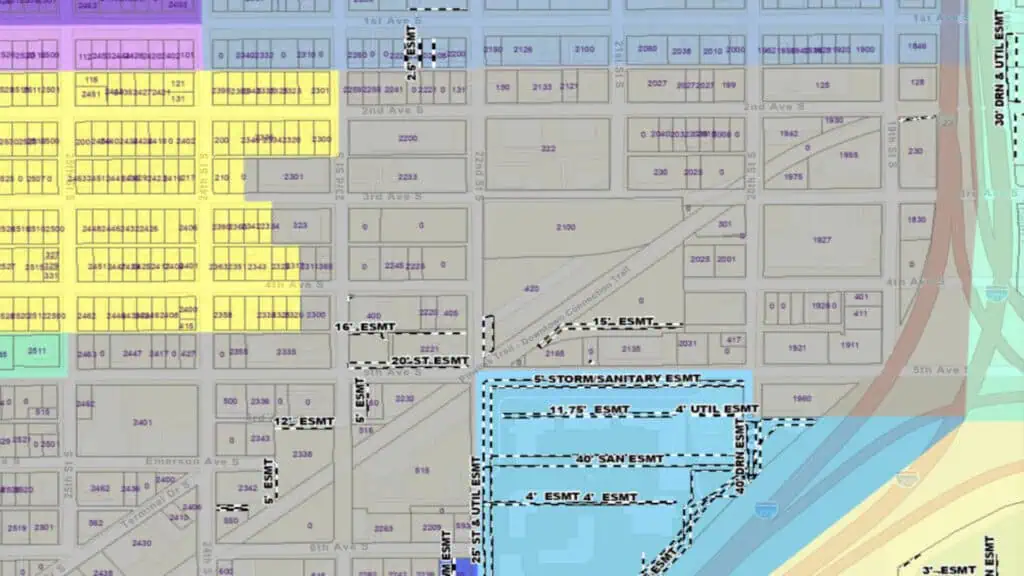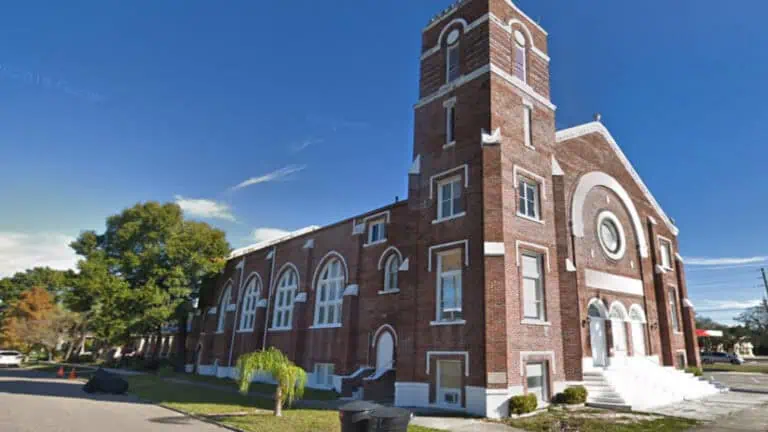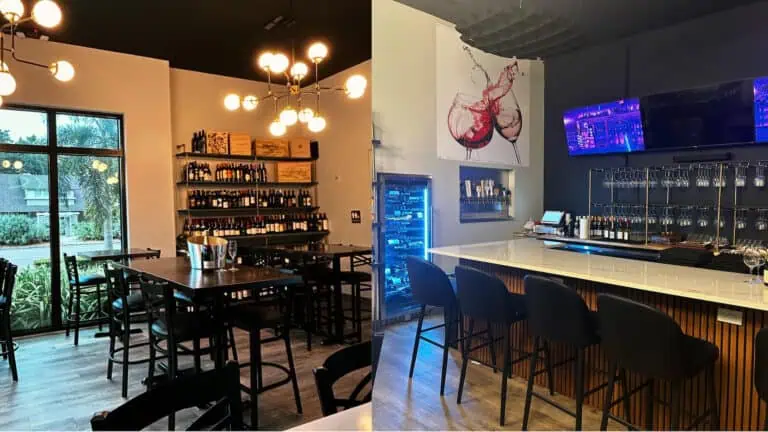The St. Pete City Council unanimously approved the re-zoning of the 22nd Street corridor on September 5. Previously zoned for industrial use only, the corridor will now support mixed-use purposes, including residential, retail, and office developments.
“I think it’s incredibly progressive of the City of St. Pete to consider this I-Mix [industrial and mixed-use zone], and I think it’s gonna take the city forward into the 21st century…what we are doing is creating the entertainment district of the city…it’s really going to create a focal point of the arts and allow people to live there as well,” says Mark Aeling, Board Chair of the Warehouse Arts District Association.
ADVERTISEMENT
The City Council unanimously approved the re-zoning, but the final code included changes introduced by Derek Kilborn, Manager of Urban Planning, particularly regarding the Target Employment Center (TEC). TEC outlines the required building space allocated for employment purposes, such as light manufacturing, production, food service, and arts. Kilborn expressed concern that developers might prioritize excessive parking space over the required TEC space.
A compromise on the re-zoning code in St. Pete
Joseph Furst of Place Projects, who was instrumental in re-zoning the 22nd St. corridor, tells I Love The Burg, “We thought the percentage [for TEC] was based on a percentage of habitable space, but the document included all the floor space: back of house, loading, vertical circulation, and vehicular ramps.” The changes to the re-zoning code came as a surprise to Furst, as well as WADA board members Mark Aeling and Markus Gottschlich.
However, Kilborn’s concerns are legitimate, and his changes attempt to protect against unscrupulous developers diminishing employment opportunities. “[Kilborn and] staff explained the issues equitably,” says Furst, “[but] that degree of protectionism would create a can of worms for developers trying to do the right thing.” If the TEC requirement includes loading, back of house, and vehicular ramps, etc. developers may have difficulty scrounging usable floor space to meet the TEC requirement.
Ultimately, a compromise was made on the floor. The section of the re-zoning code concerning TEC will exclude the back of the house, loading zones, vertical circulation, and vehicular ramps.
The City Council will reconvene soon to settle other matters of the re-zoning code.
ADVERTISEMENT
























